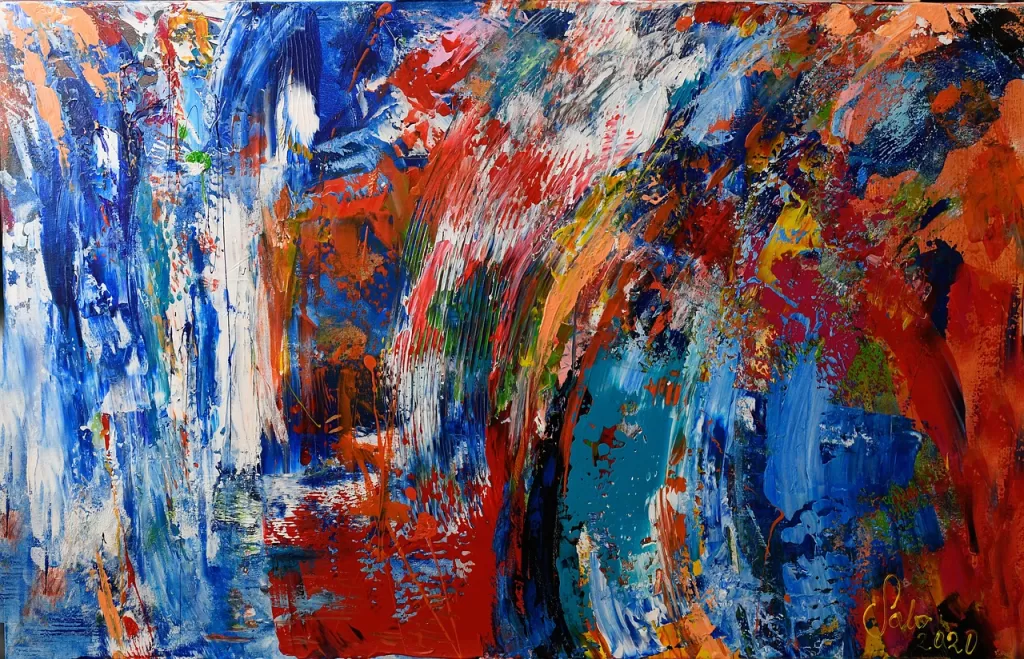Exploring the Frontiers of Musical Expression
Introduction: In the early 20th century, a group of composers in Vienna, Austria, embarked on a musical revolution that challenged the very foundations of traditional music. Known as the Second Viennese School, this avant-garde movement, led by Arnold Schoenberg, Alban Berg, and Anton Webern, sought to break free from tonality and explore new possibilities in composition. In this article, we delve into the innovative ideas and enduring legacy of the Second Viennese School.
- The Birth of Atonality: Arnold Schoenberg, the pioneering figure of the Second Viennese School, fully embraced the concept of atonality. Departing from the established tonal system, atonal music lacks a central key and liberates composers from the constraints of traditional harmonic progressions. Schoenberg’s influential compositions like “Pierrot Lunaire” exemplify the expressionistic nature of atonality, conveying intense emotions through dissonant and angular melodies.
- The Twelve-Tone Technique: Building upon atonality, Schoenberg developed the twelve-tone technique, also known as dodecaphony or serialism. This innovative approach organizes all twelve pitches of the chromatic scale into a specific order called a tone row. Each note must be played before any can be repeated, creating a sense of equality among the tones. This method provided composers with a systematic way to structure their compositions and achieve harmonic diversity. Schoenberg’s masterpiece “Variations for Orchestra” demonstrates the intricate application of the twelve-tone technique.
- Alban Berg’s Tonal Expressionism: Alban Berg, another significant figure of the Second Viennese School, took a slightly different path by incorporating tonal elements into his compositions. Berg’s work strikes a delicate balance between atonality and traditional tonality, offering a bridge between the old and the new. His opera “Wozzeck” stands as a testament to this fusion, depicting the psychological turmoil of its eponymous protagonist with a rich blend of tonal and atonal passages.
- Anton Webern’s Microcosmic Soundscapes: Anton Webern, the third pillar of the Second Viennese School, explored concise musical forms and extreme brevity in his compositions. Webern’s music often consists of fragmentary gestures and delicate textures, allowing him to create intricate microcosmic soundscapes. Works such as “Five Pieces for Orchestra” showcase his mastery of concise expression and economy of musical material.
- Impact and Legacy: The Second Viennese School composers faced significant resistance and criticism during their time, as their music challenged long-established traditions. However, their radical ideas and experimental techniques laid the foundation for the development of modern and contemporary classical music. The Second Viennese School’s influence can be heard in the works of subsequent composers such as Pierre Boulez, Karlheinz Stockhausen, and Luigi Nono, who further pushed the boundaries of musical expression.
Conclusion: The Second Viennese School remains a vital and groundbreaking chapter in the history of Western classical music. Schoenberg, Berg, and Webern’s innovative approaches to composition shattered tonal conventions, giving birth to new musical languages. Their contributions paved the way for future generations of composers to explore and redefine the boundaries of musical expression. Today, the Second Viennese School’s legacy lives on, with their works continuing to captivate and challenge audiences, ensuring their enduring influence in the world of music.



